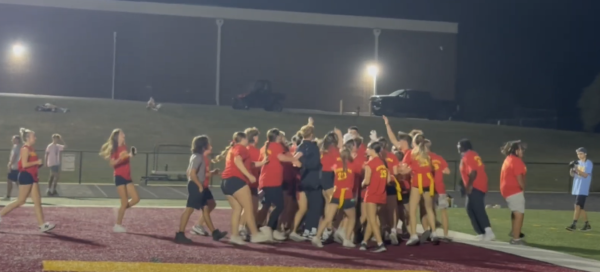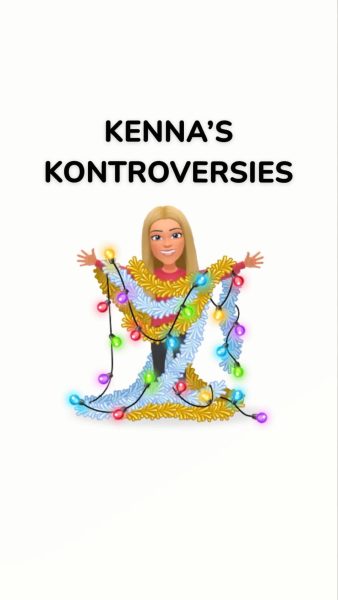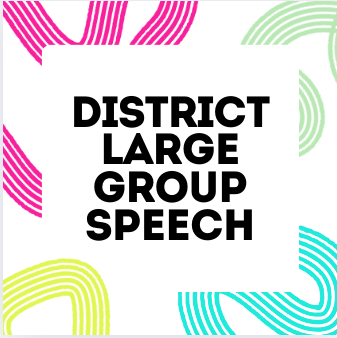History of Halloween

Halloween 2020 is on Saturday October 31. People all over the nation will be dressing up in their spookiest outfits while the children hit the streets in pursuit of candy. The origins of the holiday are much different than what we do now.
The origins of Halloween date back to 2,000 years ago the Celtic festival of Samhain. The Celts celebrated their new year on November 1 because it meant summer and the harvest has ended, and the cold, dark winter is coming upon them. The cold weather usually led to a lot of deaths. The Celts believed that the night before the new year that the living and dead worlds combine together. They thought ghosts of the dead returned to Earth.
The Celts also thought that with the addition of spirits it’d be easier for Druids, or Celtic priests, to make predictions for the future. The people relied on the prophecies for comfort during the winter. The Druids would build giant sacred bonfires for the people to burn their crops and offer animals as sacrifices to Celtic deities. As part of the celebration, people would dress up in animal skins and would try to tell each other’s fortunes.
The Roman Empire would soon take over the Celtic land. They still continued the Samhain traditions of the Celts combined with their own. There were two different festivals, Feralia and the second was to honor Pomona, the Roman goddess of fruit and trees. Feralia was when the Romans would commemorate the passing of the dead. The symbol for Pomona was an apple, which would explain why we bob for apples today during Halloween.
A few hundred years later on May 13, Pope Boniface IV created a holiday called All Martyrs Day. He dedicated the Pantheon to honor all Christian martyrs. Eventually Pope Gregory III decided to add all saints including martyrs to the holiday and changed the date to November 1.
By the ninth century, Christianity made its way to Celtic land. The church created All Souls’ Day on November 2 to honor the dead. All Souls’ Day was similar to Samhain with bonfires, parades, and dressing up in costumes. Instead of animal skins, they dressed as saints, angels and devils. People would also call All Souls’ Day All-hallows or All-hallowmas. The night before would be called All-Hallows Eve, to soon be called Halloween.
As time goes on and traditions are passed down, they make their way to America. The first celebrations included, “play parties.” People would come to celebrate the harvest, tell stories of the dead, tell fortunes, dance and sing.
The festivities weren’t all adopted nationwide for a while. By the nineteenth century, America had begun to take in lots of immigrants, including the Irish. They helped the nationwide spread of Halloween across the country.
Now people, young and old, celebrate the holiday of Halloween that is enriched with a long and detailed history.

Hey, I’m Dylan Warrick and I attend PCM High School as a senior. I participate in football and baseball here. I also do things such as the school play...




